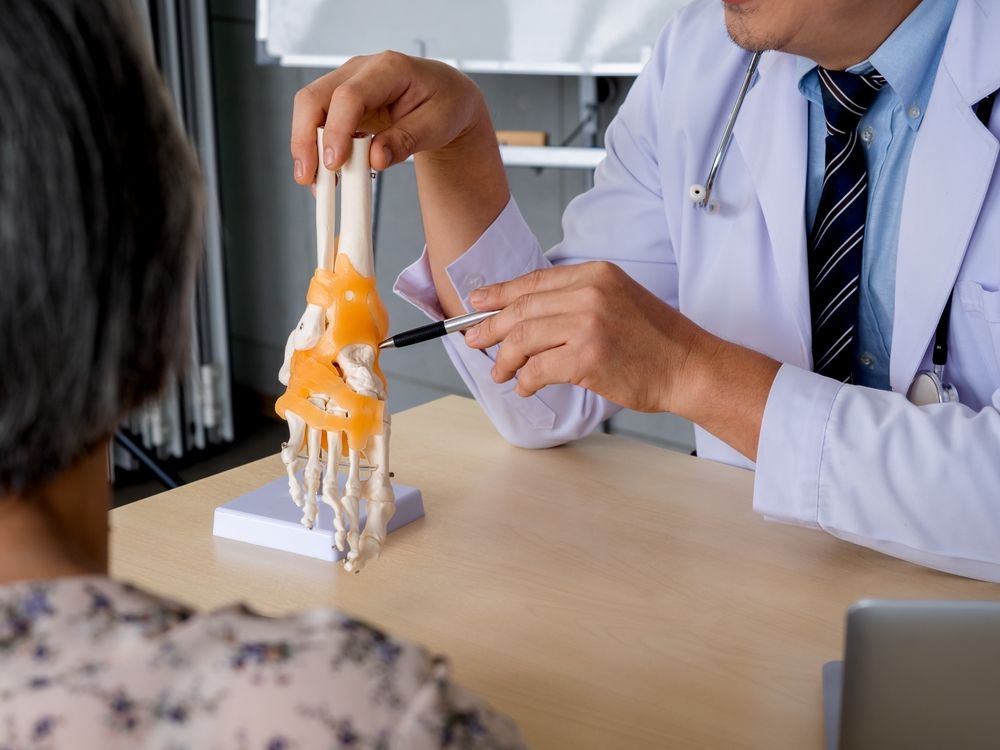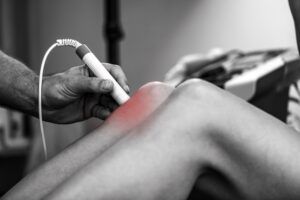Joint replacement surgery can be life-changing for individuals suffering from chronic pain or mobility issues due to damaged joints. Whether it’s a knee, hip, or shoulder that needs replacing, understanding what to expect before, during, and after surgery is essential for a successful outcome. Premier Orthopaedics & Sports Medicine, P.C., with locations in Bloomfield, Englewood, and Union City, NJ, specializes in these procedures, helping patients restore mobility and reduce pain. This guide will walk you through the entire process.
Proper preparation is the first step in ensuring a smooth surgery and recovery. Your orthopedic surgeon at Premier Orthopaedics & Sports Medicine, P.C. will conduct a thorough evaluation, including medical history, physical exams, and imaging tests, such as X-rays or MRIs. These tests help determine the extent of joint damage and the best course of action.
Preoperative Instructions
Before surgery, your doctor will give you specific preoperative instructions. These might include discontinuing certain medications, fasting the night before surgery, or adjusting your home to accommodate post-surgical mobility. Preparing your home ahead of time, such as setting up a comfortable recovery space and arranging for assistance, can help make your recovery smoother.
Medical Clearance
In many cases, patients undergoing joint replacement surgery need medical clearance from their primary care provider to ensure that they are healthy enough for surgery. This process may involve additional tests, such as blood work or cardiac evaluations, to assess any potential risks.
The Day of Surgery
On the day of surgery, you will arrive at the hospital or surgical center early for preoperative preparation. After checking in, a nurse or anesthesiologist will discuss the type of anesthesia that will be used—either general anesthesia or regional anesthesia, such as a spinal block, depending on your specific case and preferences.
The Surgical Procedure
Joint replacement surgery typically takes one to two hours, depending on the complexity and the joint being replaced. During the procedure, the damaged cartilage and bone are removed from the joint and replaced with prosthetic components. These components are designed to mimic the natural movement of the joint and are often made of metal, plastic, or ceramic materials.
- Hip Replacement: The surgeon removes the damaged ball-and-socket part of the hip joint and replaces it with a prosthetic implant.
- Knee Replacement: Damaged cartilage and bone are removed, and metal or plastic components are placed to create a smooth surface for movement.
- Shoulder Replacement: The ball-and-socket joint in the shoulder is replaced with prosthetics to improve mobility and relieve pain.
Once the prosthetic components are in place, the surgeon will test the joint for proper function before closing the incision with sutures or staples.
Recovery and Rehabilitation
Recovery from joint replacement surgery requires a combination of rest, rehabilitation, and physical therapy. Depending on the type of joint replacement, you may stay in the hospital for a few days or be discharged the same day for at-home recovery.
Hospital Stay and Initial Recovery
Immediately after surgery, you will be taken to a recovery room where medical staff will monitor your vital signs and manage any pain. For hip or knee replacements, most patients are encouraged to start moving the joint shortly after surgery to prevent stiffness and promote circulation. You may be given a walker or crutches to help you move.
- Pain Management: Pain is a natural part of recovery, but your doctor will prescribe medications to keep it under control. These may include prescription painkillers or over-the-counter medications, depending on the level of discomfort.
- Physical Therapy: Physical therapy is a critical component of recovery. A physical therapist will guide you through exercises designed to strengthen the muscles around your new joint and restore your range of motion.
At-Home Care and Ongoing Rehabilitation
Once you are discharged from the hospital, the real work of rehabilitation begins. You will need to follow a personalized rehabilitation plan created by your surgeon and physical therapist. This plan typically involves daily exercises to improve strength and flexibility, as well as guidelines for resuming activities.
- Assistive Devices: Many patients use assistive devices, such as walkers, canes, or crutches, during the first few weeks of recovery. Your physical therapist will help you transition away from these devices as your strength improves.
- Wound Care: Proper wound care is essential to prevent infection. Keep the surgical area clean and dry, and follow your doctor’s instructions for changing dressings.
- Monitoring for Complications: While most joint replacement surgeries are successful, it’s important to monitor for potential complications such as infection, blood clots, or joint instability. Contact your doctor if you experience unusual pain, redness, swelling, or fever.
Returning to Daily Activities
How quickly you return to normal activities after joint replacement surgery depends on several factors, including the type of surgery, your overall health, and your commitment to rehabilitation. In general, patients can expect to resume light daily activities within a few weeks, but more strenuous activities may take several months.
Driving and Work
Most patients are able to return to driving within four to six weeks, but this can vary depending on the joint replaced and which side was operated on. If you have a desk job, you may be able to return to work within two to four weeks, but jobs that require physical labor may require more time off.
Long-Term Outcomes
Joint replacement surgeries have a high success rate, with most patients experiencing significant pain relief and improved mobility. Modern prosthetic joints are designed to last 15 to 20 years or more, meaning you can enjoy an active lifestyle long after the surgery. Regular follow-up appointments with your surgeon are important to ensure your joint is functioning properly and to address any concerns that may arise.
Looking Toward a Future with Less Pain
Joint replacement surgery offers a new lease on life for patients dealing with chronic joint pain and limited mobility. While the thought of surgery can be intimidating, understanding the process can help alleviate anxiety and set realistic expectations for recovery. At Premier Orthopaedics & Sports Medicine, P.C., our team is dedicated to providing personalized care and guiding you through every step of your joint replacement journey.
Whether you are undergoing surgery on your hip, knee, or shoulder, the right preparation, rehabilitation, and long-term care can help you get back to the activities you love. For patients in Bloomfield, Englewood, and Union City, NJ, our orthopedic specialists are here to support you through the entire process—from initial consultation to recovery.
Sources:
- Derman, P. B., & Su, E. P. (2016). Current Trends in Joint Replacement Surgery. Journal of Bone and Joint Surgery.
- Ferguson, R. J., & Palmer, A. J. (2013). Hip Replacement: The Next 50 Years. The Lancet.
- Jain, N. B., & Higgins, L. D. (2014). Shoulder Joint Replacement Surgery: Indications and Outcomes. Orthopedic Clinics of North America.




